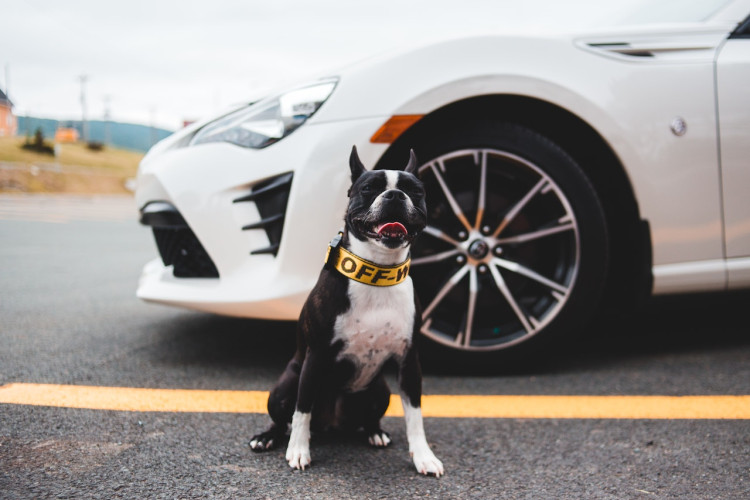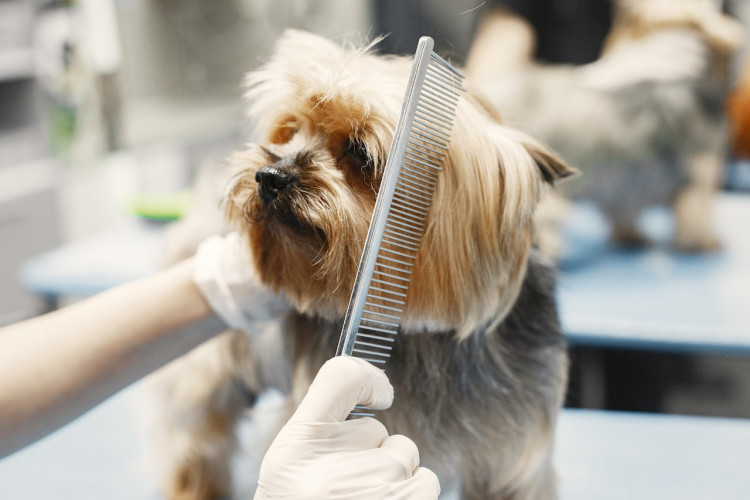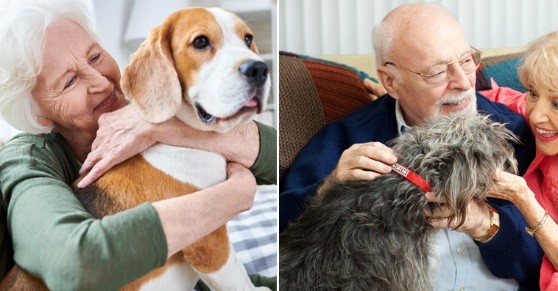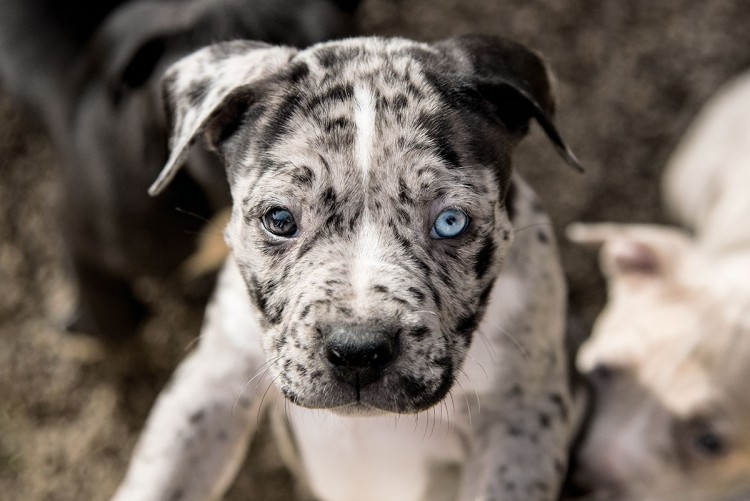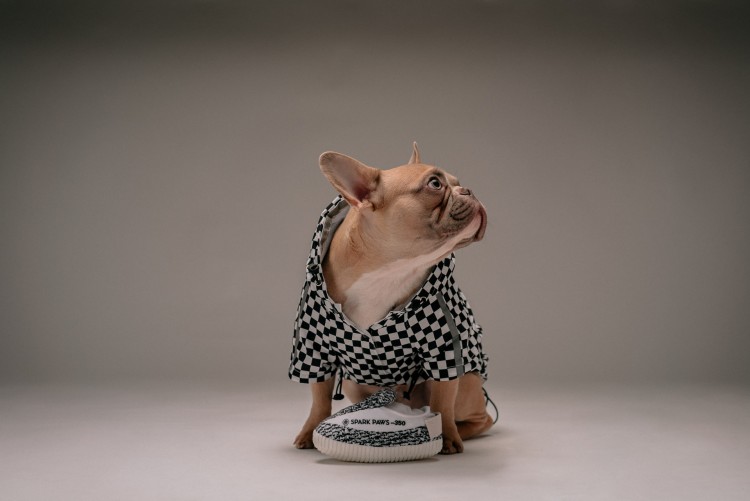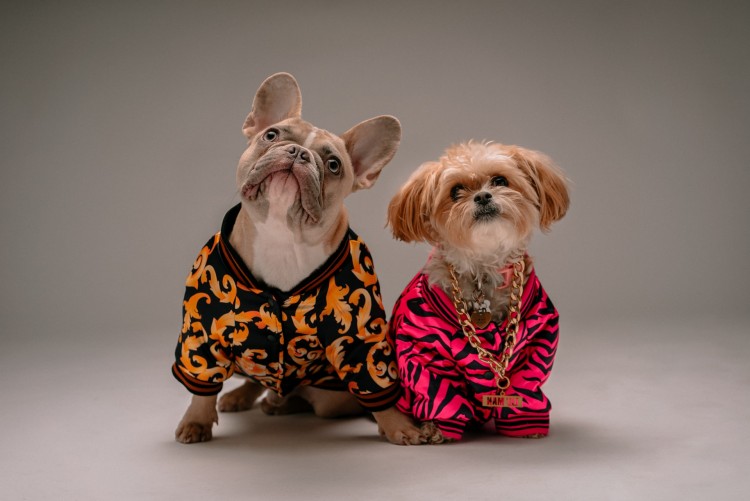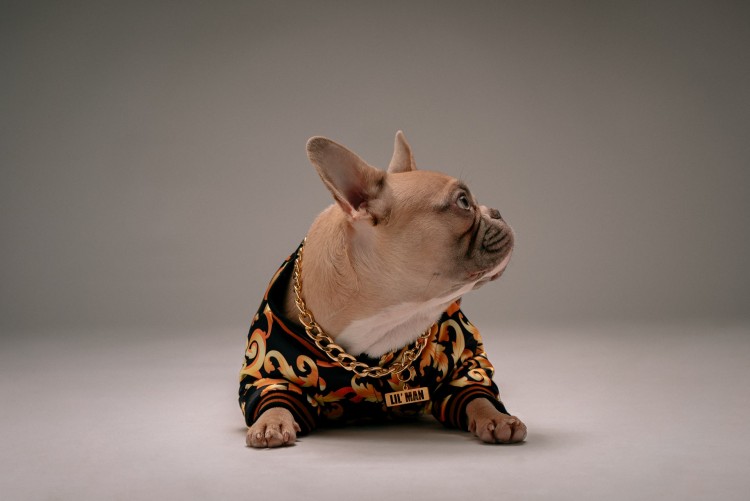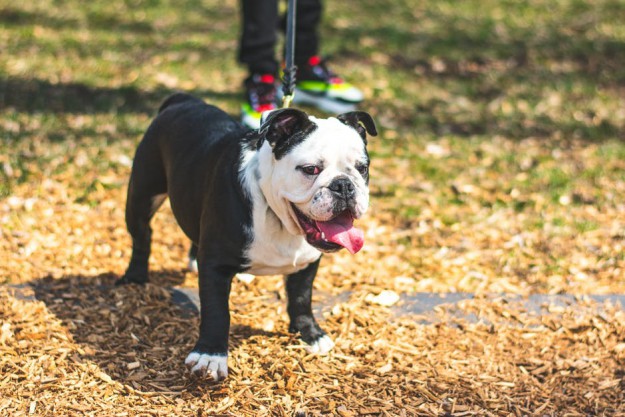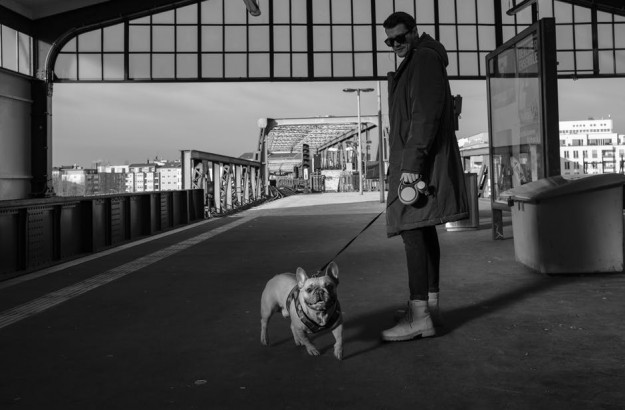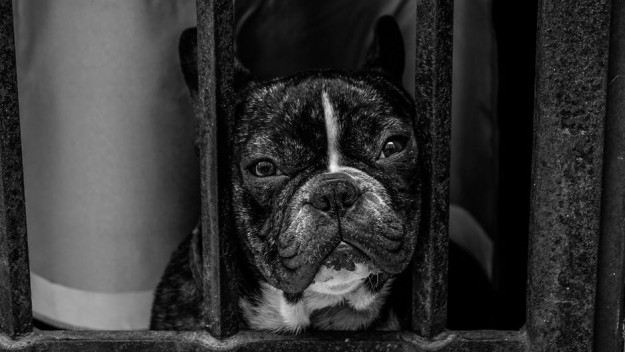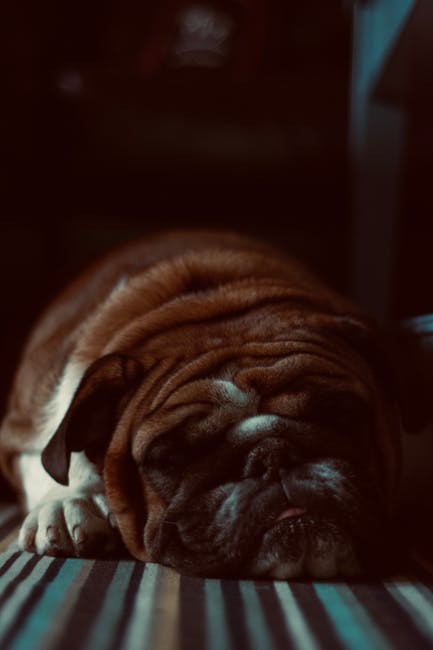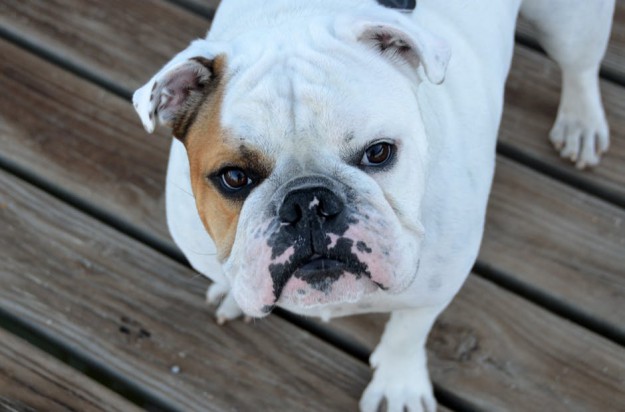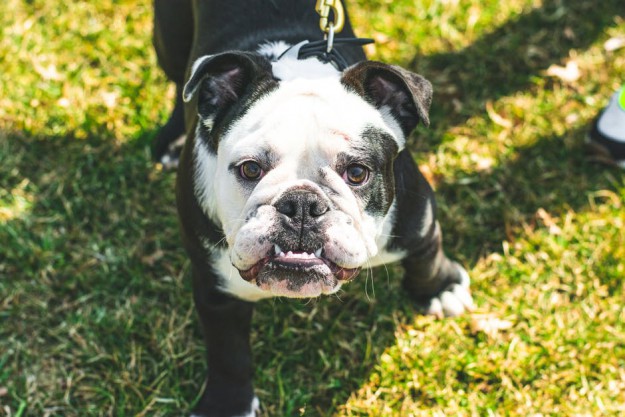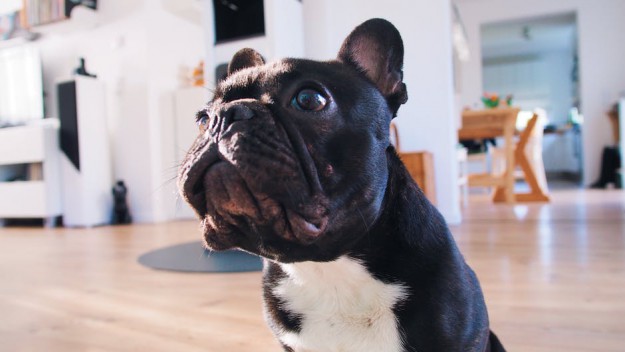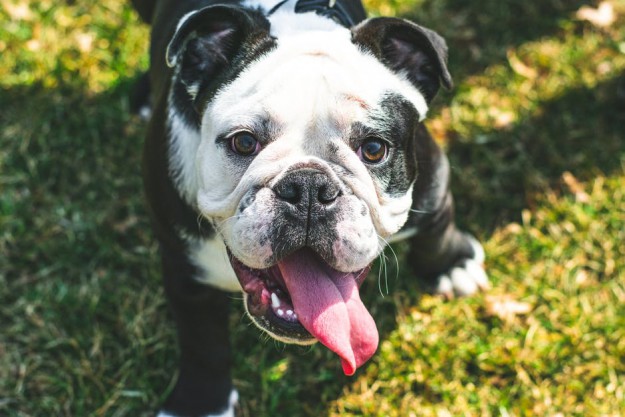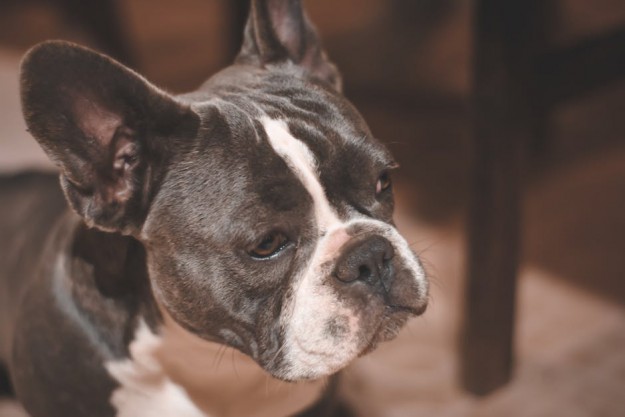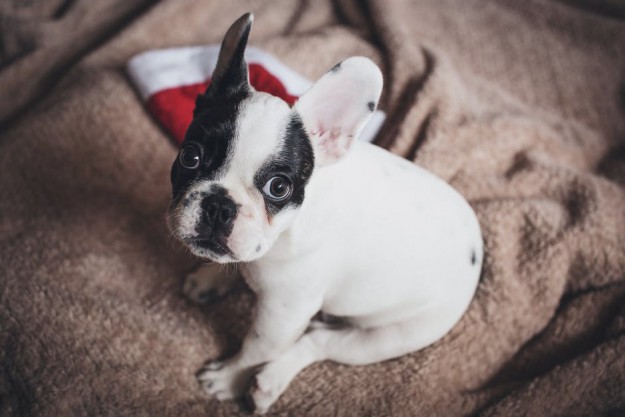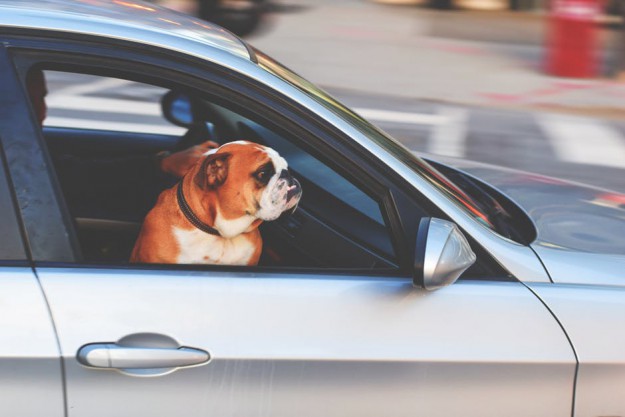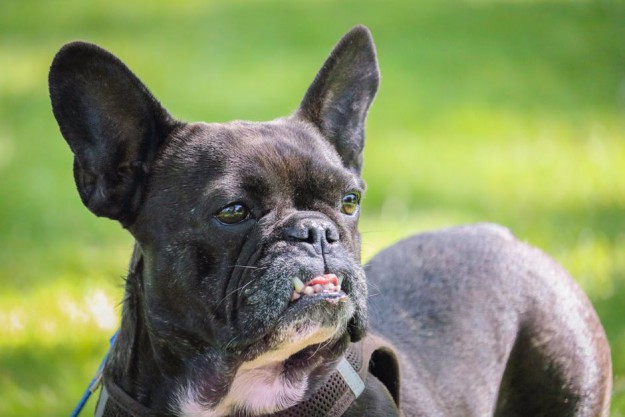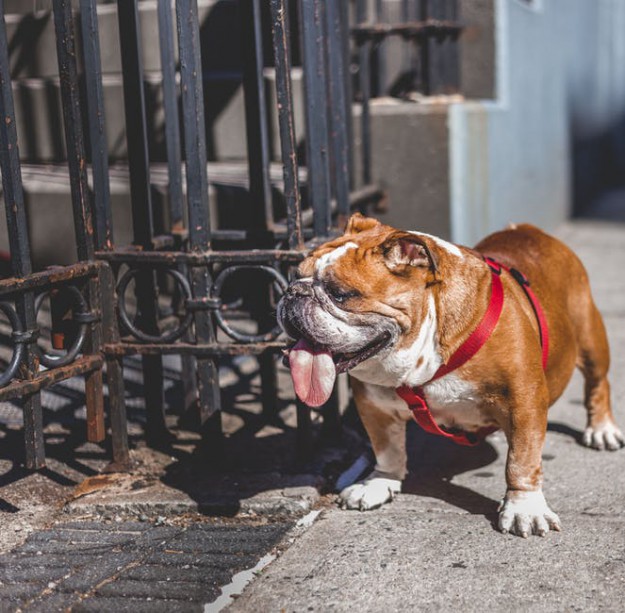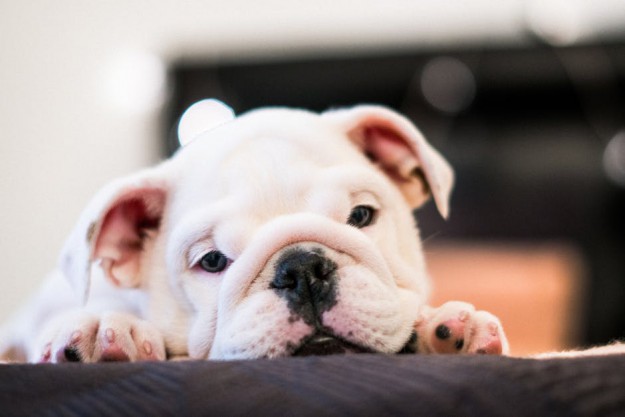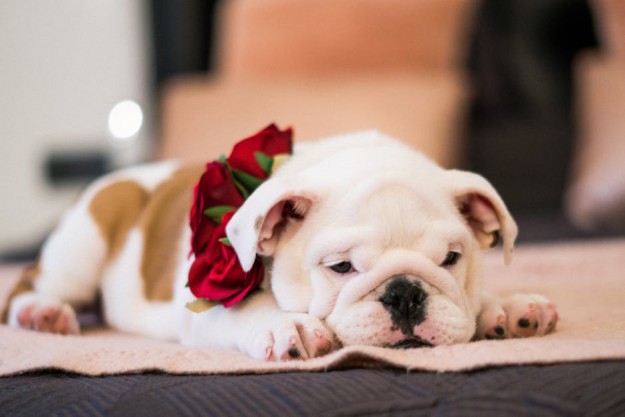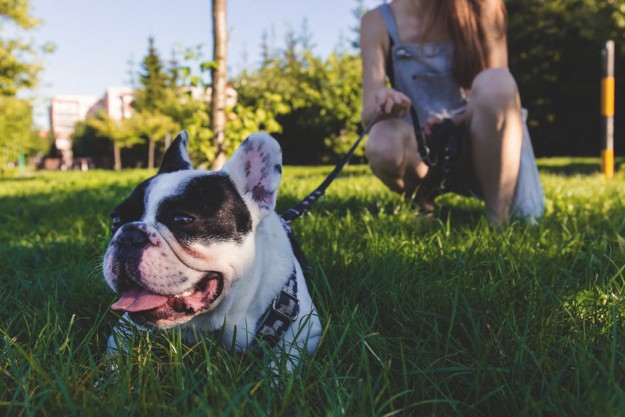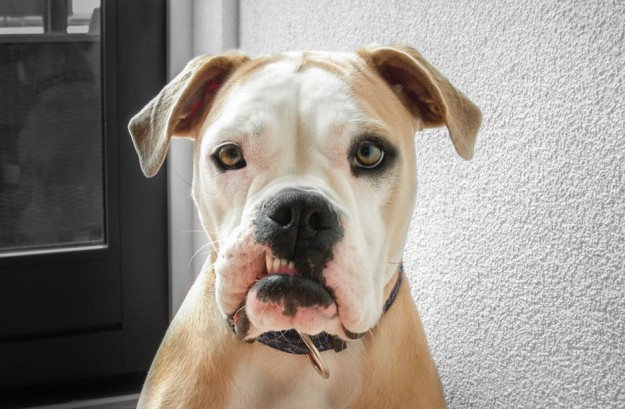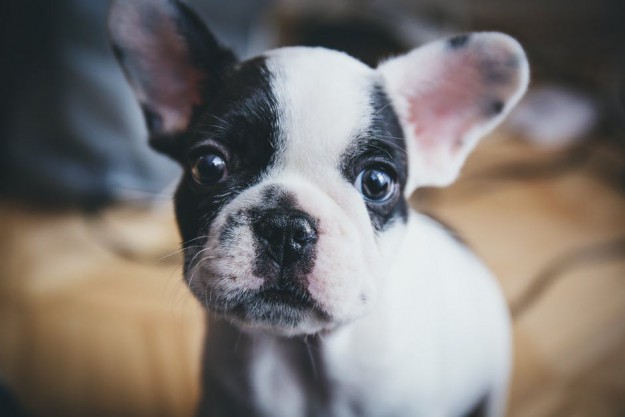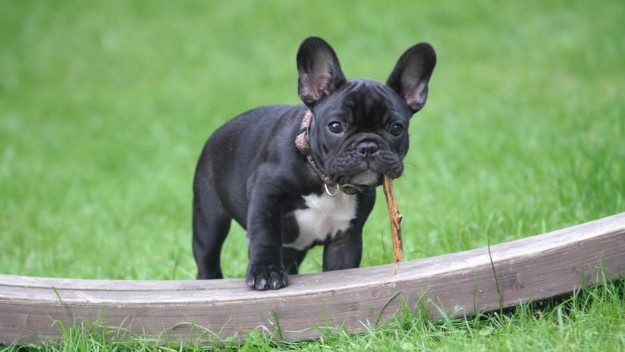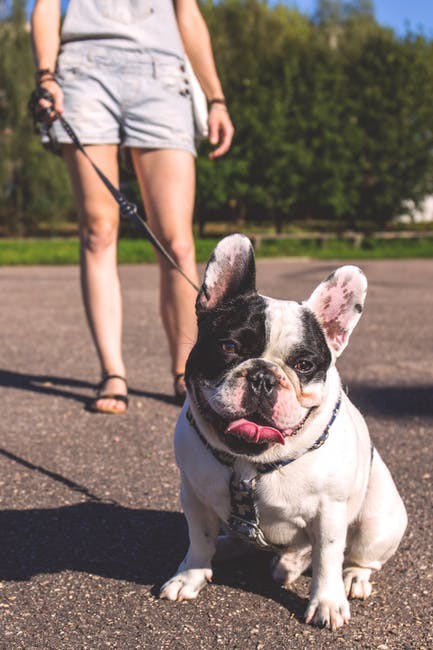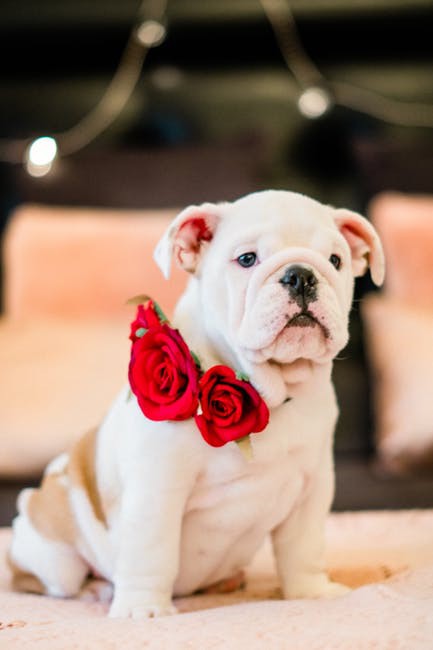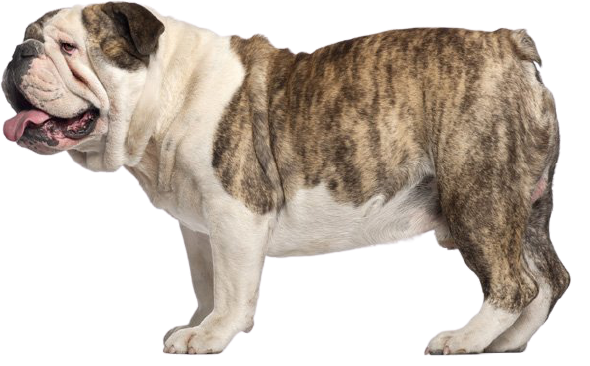
Bulldog
USD $1200-$2000 Price Avg.
Companion Dogs
Group
Purebred
Breed Type
Medium
Size
8-10 years
Lifespan
Breed Information
| Group | Companion Dogs |
|---|---|
| Popularity/Rank | 5 |
| Origin | England |
| Other Names | British Bulldog, English Bulldog |
| Breed Type | Purebred |
| Price (Avg.) |
USD $1200-$2000
How much does it cost to purchase a Bulldog? The price of a Bulldog will vary from breeder to breeder as well as from place to place. As a rough guide, you should expect to pay between $1200 to $2000 per Bulldog if you purchase from a reputable breeder. Prices will be higher for show-quality dogs with a distinguished pedigree. Adult dogs who have already been trained may cost even more. It is usually less expensive to adopt a Bulldog through a shelter. |
| Size | Medium |
| Weight |
Male: 53-55 pounds (24-25 kg),
Female: 49-51 pounds (22-23 kg) |
| Height | 12-16 inches (31-40 cm), There is no prescribed height, but shorter Bulldogs are more prized when being shown |
| Lifespan | 8-10 years |
| Recognized by |
AKC, FCI
The American Kennel Club in 1886 as a Non-Sporting breed. And FCI in the Pinscher and Schnauzer - Molossoid and Swiss Mountain and Cattledogs group, in the Molossian t |
| Purpose | bull baiting, cattle driving |
| Date of Origin | 1200s |
| Ancestry | Asiatic mastiff |
Appearance & Maintenance
| Coat | Fine |
|---|---|
| Coat Colors | Brindle, Fawn, Gray, Red, White |
| Grooming Level | |
| Shedding Level | |
| Eye Color Possibilities | Brown |
| Nose Color Possibilities | Black |
| Coat Color Possibilities | Brindle, Fawn, Pied, Red, White |
| Coat Length | Small |
| Coat Density | Normal |
| Coat Texture | Straight |
| Recommended Brushes | Comb, Nail Clipper, Pin Brush |
| Brushing Frequency | Weekly |
Breed Characteristics
| Temperament | Aggressive, Brave, Courageous, Daring, Entertaining, Friendly, Loving, Social, Sweet |
|---|---|
| Intelligent | |
| Trainability | |
| Playfulness | |
| Sensitivity Level | |
| Affection Level | |
| Social Interaction Required | |
| Barking | |
| Watchdog Ability | |
| Territorial | |
| Biting Force | Moderate |
| Mouthiness | |
| Impulse to Wander or Roam | |
| Prey Drive | |
| Adaptability | |
| Tolerates Being Left Alone | |
| Fighting Dog | Not really |
Good & Friendly with
| Apartment Life Friendly | |
|---|---|
| Stranger Friendly | |
| Kid-Friendly | |
| Cat Friendly | |
| Dog Friendly | |
| Office Friendly | No |
| Senior Citizens Friendly | |
| Pet Friendly | |
| Friendly with First Time Owners | No |
| Service Dog | Not really |
| Therapy Dog | Not really |
| Detection, Sniffer or Security Dog | Not really |
| Search and Rescue Dog (SAR) | Not really |
| Boat Dog | Not really |
| Cart Pulling or Drafting Dog | Yes |
Health Elements
| Health Issues | |
|---|---|
| Health Problems | Brachycephalic Syndrome, Cherry Eye, Demodectic Mange, Dry Eye, Entropion, Head Shakes, Hip Dysplasia, Patellar Luxation, Reverse Sneezing |
| Hypoallergenic | No |
| Energy Level | |
| Exercise Required | |
| Sleeping Required | |
| Weight Gain Potential | |
| Weather & Climate | Prefers warm weather |
| Stinkiness | High |
| Drooling tendency | |
| Activity Level | Low |
| Rec. Walk Mileage Per Week | 5 miles |
| Minutes of Activity Per Day | 30 minutes |
Food & Costing
| Avg. Daily Food | 1/2 to 1.5 cups of high-quality dry food a day, divided into two meals. |
|---|---|
| Cups Per Day | 2 cups |
| Daily Cost | $1.20 - $1.40 |
| Monthly Cost | $39.00 - $52.00 |
Reproducibility
| Gestation Duration | 60-64 days |
|---|---|
| How often can the Bulldog have a litter? | Once a year. |
| Litter Size | 4-5 puppies (Once a year.) |
Description
The Bulldog is a medium-sized breed of dog that has a distinctive appearance and personality. Bulldogs are known for their short, stocky build, wrinkled face, and friendly demeanor. They are also known for their loyalty and affectionate nature. Bulldogs have been popular pets for centuries, and they make great companions for families with children or other pets.
Appearance: The Bulldog has a short coat that is usually white or fawn in color with black markings on the muzzle, ears, and tail. They have a broad head with a flat face and small eyes that are set wide apart. Their ears are small and folded over at the tips. Bulldogs have strong jaws with an undershot bite which gives them their signature “smiling” expression.
Lifespan: The average lifespan of the Bulldog is 8-10 years when properly cared for.
Size: The average size of an adult Bulldog is between 40-50 pounds (18-23 kg).
Weight: The average weight of an adult Bulldog is between 40-50 pounds (18-23 kg).
Colors: Bulldogs come in many different colors including white, fawn, red brindle, black brindle, tan brindle, blue brindle, cream brindle and piebald (white with patches of color).
Personality: Bulldogs are known to be loyal companions who love to please their owners. They can be stubborn at times but they are also very affectionate dogs who enjoy spending time with their family members. They tend to be protective of those they love but can also be quite laid back when it comes to strangers or other animals in the home.
Friendliness: Bulldogs get along well with other dogs as long as proper introductions are made first; however they may not do well around cats or other small animals due to their hunting instincts. They tend to be very friendly towards children but should always be supervised when playing together due to the bulldogs’ size difference from most children’s sizes which could lead to accidental injury if not monitored closely enough by adults present in the home environment .
Temperament : Bulldogs have a calm temperament overall but can become aggressive if provoked or threatened by another animal or person . It's important that owners socialize them from an early age so they learn how to interact appropriately with others .
Health : As far as health goes , bulldogs can suffer from breathing problems due to their short snouts , skin allergies , hip dysplasia , eye problems , heart disease , joint issues , obesity , heat stroke , ear infections and more . It's important that owners take good care of these dogs by providing them regular vet checkups so any potential health issues can be caught early on .
Adaptability : When it comes to adaptability level bulldogs do fairly well since they don't require too much exercise nor do they need too much space inside your home . However it's important that you provide them plenty of mental stimulation through activities such as playing fetch or going on walks so they don't become bored easily .
Benefits : There are many benefits associated with owning a bulldog such as having an incredibly loyal companion who will always want your attention no matter what else is going on around you . Additionally these dogs make great watchdogs since they will alert you if someone unfamiliar approaches your property while still being gentle enough not to cause any harm themselves . Finally these dogs make excellent family pets since they get along well with both adults and children alike making them perfect additions into any household looking for some extra love !
History
The Bulldog is a dog that has been around for centuries. The breed is believed to have originated in the British Isles, and the first recorded mention of the breed was in the year 1568. The Bulldog was originally bred for bull-baiting, a popular blood sport in which a bull was tethered to a post and dogs were set upon it. The Bulldog was also used in bear-baiting, another popular blood sport of the time. Bulldogs were bred to be aggressive and tenacious, and they quickly became known as one of the most ferocious dogs around.
As blood sports became increasingly unpopular in the 1800s, the Bulldog began to decline in popularity as well. By the end of the 19th century, the breed had all but disappeared. However, a few dedicated fanciers kept the breed alive, and by the early 20th century Bulldogs were once again becoming popular. Today, Bulldogs are one of the most popular breeds in America.
The Bulldog’s ancestry can be traced back to mastiff-type dogs of ancient Britain and Europe. These dogs were used for hunting large game such as boar and deer, as well as for guarding property and livestock. Some of these mastiff-type dogs were brought to America by early settlers, and they eventually developed into what we now know as the American Pit Bull Terrier. The American Pit Bull Terrier shares many physical characteristics with the Bulldog, including a short muzzle and stocky build. However, while Pit Bulls were bred for fighting and aggression, Bulldogs were bred for their gentle nature and docile temperament.
The first recorded mention of “Bull”dogs was in 1568, when English writer Thomas Nashe referred to them as “bull dogges.” It is believed that “bull” was added to their name because they were often used in bull-baiting events. The word “dogge” is thought to be derived from the Old English word “docga,” which means “strong dog."
In 1835, English writer John Caius wrote about “a new sort of low-bred curre which we call Bandogge...of late years much used by Butchers...to baite Bulls or Bears." This is thought to be one of the first references to what we now know as Bulldogs.
By 1864, Bulldogs had become so associated with bull-baiting that an English newspaper reported that “the old English bull dog has almost ceased to exist excepting at Smithfield Market [where] butchers keep them solely for baiting purposes."
Fortunately for Bulldogs, public opinion began to change in favor of animal welfare in the 1800s, and bull-baiting was outlawed in England in 1835. Bear-baiting was also outlawed soon after. With their primary purpose gone, Bulldogs began to decline in popularity and numbers until they were on brink of extinction by 1900.
A few dedicated fanciers kept breeding them throughout this time period until they finally regained popularity again starting around World War I due largely to their association with England and being seen as patriotic symbols since many servicemen brought them back home with them after serving overseas . In 1886 ,the Kennel Club (England) recognized them ,and ten years later ,the American Kennel Club followed . Nowadays ,they are once again one fo America's favorite breeds .






